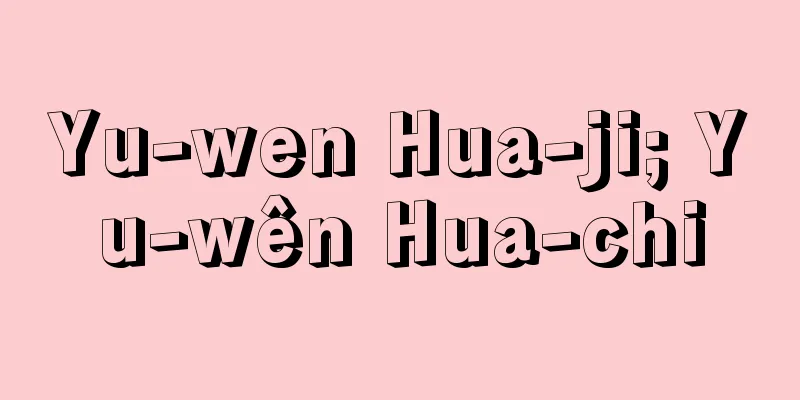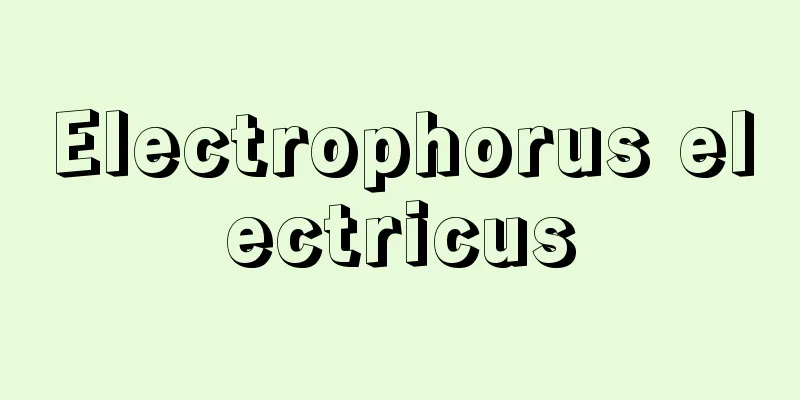Occasionalism - Occasionalism

|
Also called the theory of contingency. A theory that emerged with the aim of solving the problems of mind-body relationship and freedom left by Descartes' philosophy. In addition to Caldemore and Geerinckx, Malebranche developed a major metaphysics based on this theory. Descartes established a dualism of mind and matter (body), recognizing them as different entities whose essences are "thinking" and "extension," respectively, while also acknowledging the unity of the human mind and body. In contrast, this theory adheres to dualism and denies direct interaction between different entities. Only God has the ability to actually produce results. When a change occurs in the mind, it is the "occasional cause" (causa occasionalis) that God causes the corresponding change in the object, and the mind does not directly affect the object (body). The reverse is also said to be true. Furthermore, the same idea was applied to objects between objects. Thus, compared to Descartes, the theory of opportunity causes places a strong emphasis on the passivity of created things, including the human mind, toward God. [Tomoaki Kagawa] "Descartes' Philosophy and its Development" by Katsura Toshikazu (1966, University of Tokyo Press) [References] | | |Source: Shogakukan Encyclopedia Nipponica About Encyclopedia Nipponica Information | Legend |
|
偶因論ともいう。デカルト哲学の残した心身関係と自由の問題解決を目ざして現れた学説。コルドモアやゲーリンクスにみられるほか、マルブランシュがこの学説にたつ一大形而上(けいじじょう)学を展開した。デカルトは精神と物体(身体)の二元論をたて、両者をそれぞれ「思考」と「延長」を本質とする異種の実体と認めると同時に、人間の精神と身体との合一をも承認した。これに対し、この学説は二元論を貫徹し、異種の実体間の直接的相互作用を否定する。神のみが結果を現実に産出する能力をもつ。精神にある変化が生じるとき、それを「機会原因」causa occasionalis(ラテン語)として、神がそれに対応する変化を物体に生じさせるのであって、直接に精神が物体(身体)に作用を及ぼすのではない。逆もまた同じであるとされる。さらには、物体相互間にも同じ考えが適用された。こうして、デカルトと比べると、機会原因論では人間精神をはじめ被造物の神に対する受動性が著しく強調されることになった。 [香川知晶] 『桂寿一著『デカルト哲学とその発展』(1966・東京大学出版会)』 [参照項目] | | |出典 小学館 日本大百科全書(ニッポニカ)日本大百科全書(ニッポニカ)について 情報 | 凡例 |
Recommend
Iwa no Okami - Iwa no Okami
This god appears only in the Harima no Kuni Fudoki...
Chaco War - Chaco War
A war fought between Bolivia and Paraguay from 19...
Crepe de chine
A type of silk fabric. Also called dechin for shor...
Torii Sosen
A newspaper reporter during the Meiji and Taisho ...
Moroz
...The transition from winter to summer and back ...
Krefeld
…The 1860 Treaty of Amity and Commerce of England...
Tomoe-shaped copperware
A bronze ornament seen from the Yayoi to Kofun pe...
NLF - Number-L-F
At that time, there were more than 20 emirates, l...
Untei (English spelling)
It is pronounced "untei." At the end of ...
Parasite allergy - Parasite allergy
This refers to allergic reactions seen in people i...
Canton (flag) - Kanton
… [Hidetoshi Kato] [National flag specifications ...
Arimine
A district in the southeast of Toyama City, Toyam...
Guest seat (Kabuki) - KYAKUZA
...Among the tachiyaku, the most senior one who e...
Industrial promotion - Shokusan Kogyo
In the early Meiji period, in order to counter ext...
Kinsei Mountain
…A post station on the Tosando road located at th...





![Ka Mau [Cape] - Kamau](/upload/images/67d01bc19d82e.webp)



